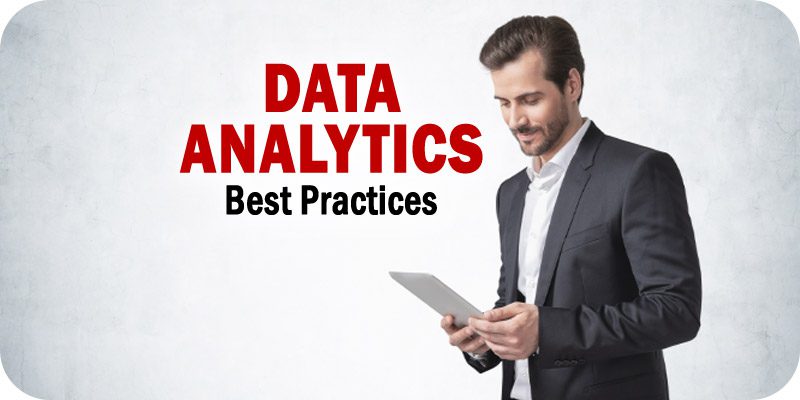Data Analytics Best Practices: A Business Manager’s Crash-Course


Solutions Review editors identify basic data analytics best practices from the standpoint of a business manager.
Data analytics is a data science. The purpose of data analytics is to generate insights from data by connecting patterns and trends with organizational goals. Comparing data assets against organizational hypotheses is a common use case of data analytics, and the practice tends to be focused on business and strategy. Data analytics deals less in AI, machine learning, and predictive modeling, and more with viewing historical data in context.
There are a few main data analysis strategies including data mining, business intelligence, text mining, and data visualization. At the end of the day, data mining looks like gold mining. You’re beating your way through the data or filtering through the granularity looking for significant pieces. This exertion can be meticulous and dull. Associations gather data that they have assembled from clients, organizations, the economy, and common-sense experience. Data is then handled subsequent to the social events and is classified according to the necessity and analysis is done to examine buy flows and so forth.
When you comprehend what items are appropriate for what customers, you can decide on the zones that you are going to concentrate on and for which clients. The patterns in the market are likewise enlightening on buyer spending and tastes. At the point when you have enough data on these fundamental things, you can guide your business to deliver or appropriate certain products or administrations to satisfy your potential client’s wants.
With these introductory thoughts in mind, here are the most basic, key data analytics best practices to build your analytics strategy around.
Data Analytics Best Practices
Define Your Questions
In your hierarchical or business data analysis, you should start with the privilege question(s). Questions ought to be quantifiable, clear, and succinct. Plan your inquiries to either qualify or preclude potential answers for your particular issue or opportunity. For instance, start with a plainly characterized issue.
Clean Your Data From the Outset
You should be cautious in taking care of data as you ought to evade the bait to consolidate data from shifted sources without cleaning past data. This is really tedious yet, later on, it will be advantageous to you. It will really streamline account development, dropping task complexities and expanding related cost investment funds.
Identify a Target Objective
It is essential to consider the last objective and this is on the grounds that they will be of the most extreme incentive to your organization. You ought to recognize the needs of the business, for example, by improving operational execution, understanding client conduct, or overseeing risks. Examination arrangements and data models can be made earlier in the requirements of the framework.
The expansion of present-day back-office frameworks has really decreased the opportunity to assemble data from fluctuated sources and this is the essential component that encourages business knowledge. This time which is decreased to take up the data required for reports really bolsters quicker leadership for the organization.
In the wake of analyzing your data and perhaps leading further research, it’s at long last time to decipher your outcomes. As you decipher your analysis, remember that you can’t ever demonstrate speculation, implying that regardless of how much data you gather, chance could generally meddle with your outcomes.
As you translate the effectiveness of your data, ask yourself these key inquiries:
- Does the data answer your unique inquiry?
- Does the data assist you with safeguarding against any complaints?
- Are there any limitations on your decisions, any points you haven’t considered?
If your translation of the data holds up under these inquiries, at that point you likely have arrived at a beneficial resolution. The main outstanding step is to utilize the consequences of your data analysis procedure to choose your best strategy.
There are certification courses for data analytics available online, take one for a test drive.































